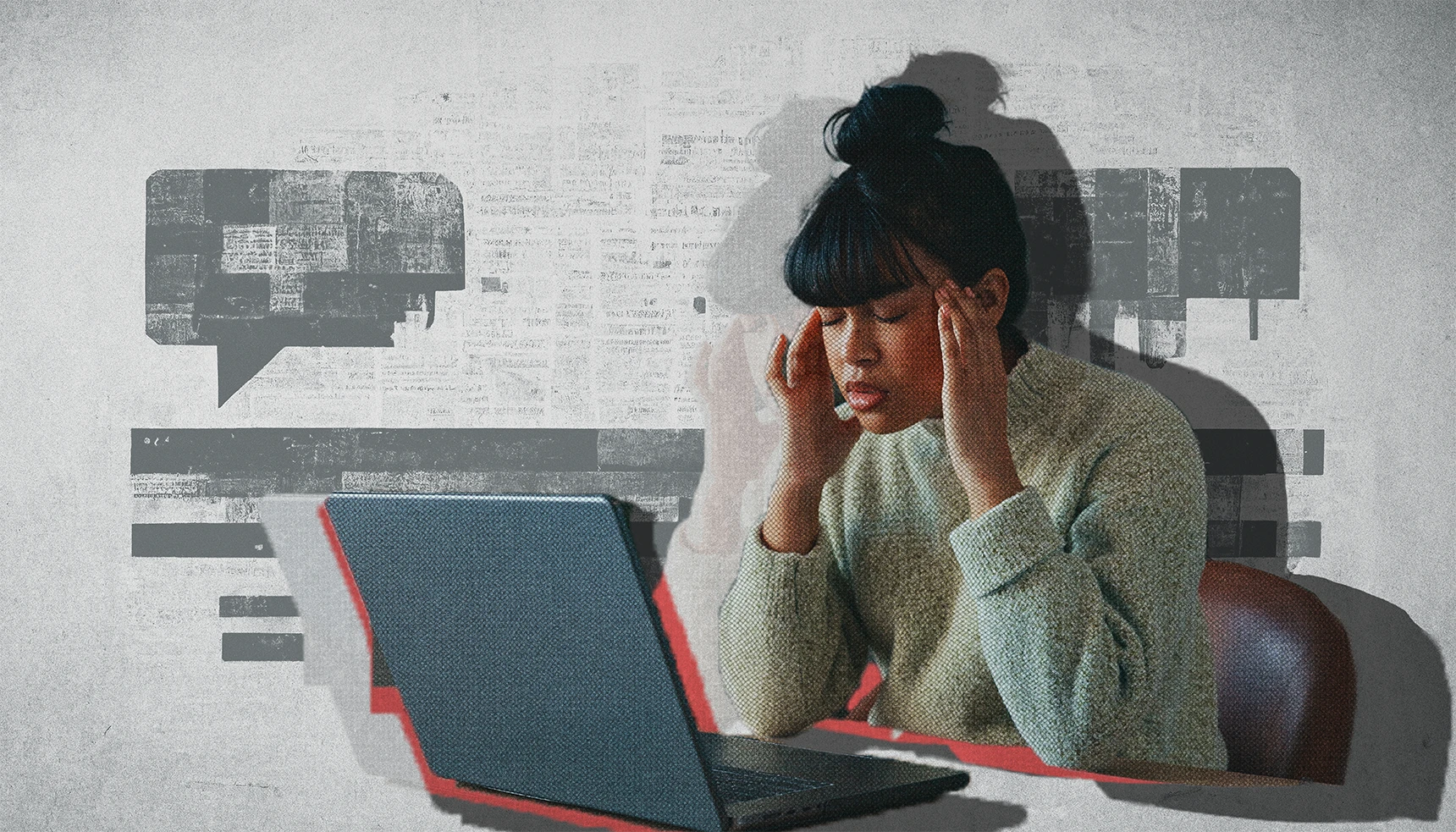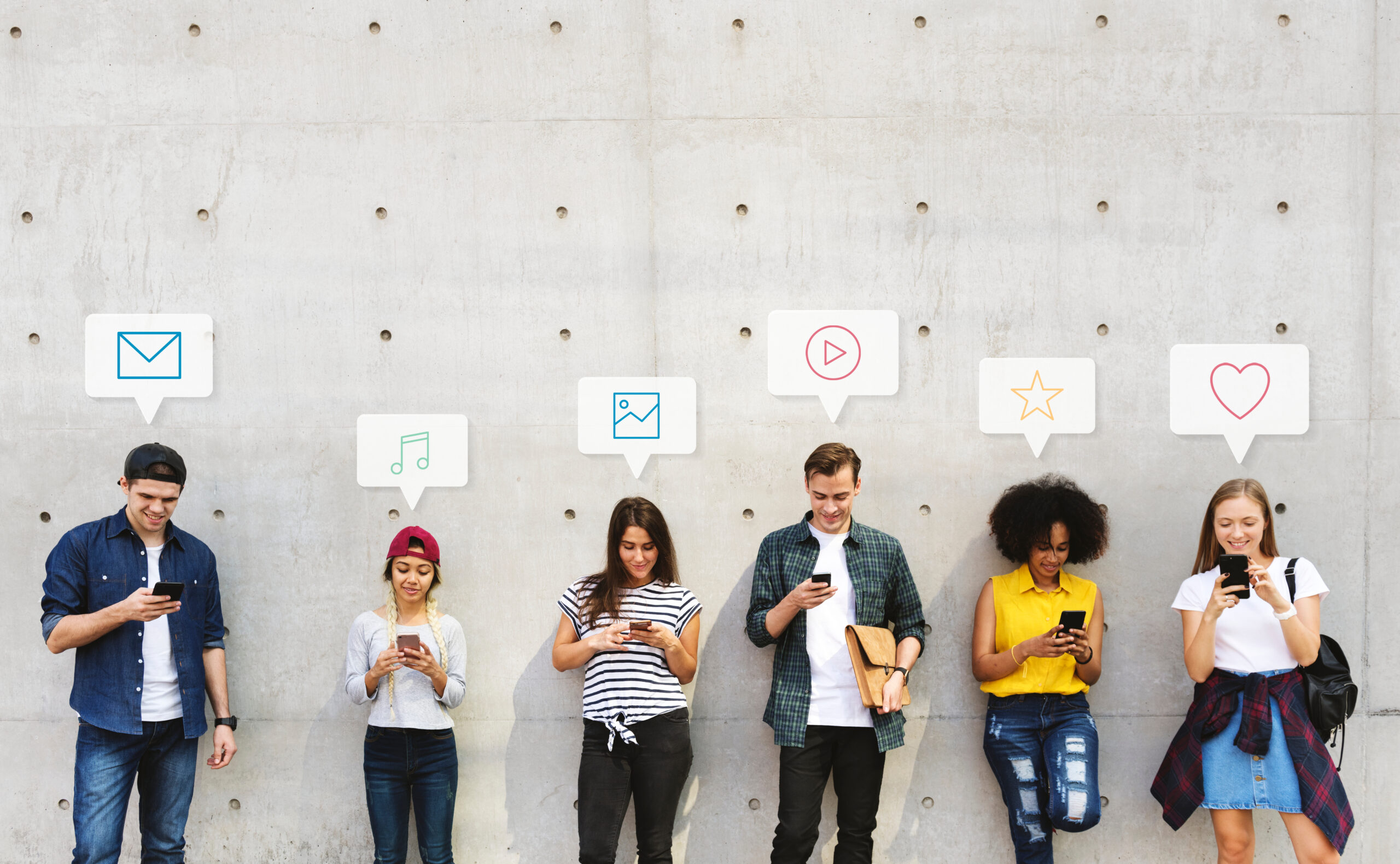Social Media and Copyright Law In Conflict
When it comes to disruption, the advent of social media communications is decidedly in the front row. But along with revolutionizing personal (and political) relationships, the sharing of content on social media sites like Facebook, Twitter, Tumblr and Instagram — now a Facebook property — is steadily increasing pressures on a quite different regime, namely copyright law. The passage and forthcoming implementation in the UK of what has become known colloquially as The Instagram Act, boringly titled the Enterprise and Regulatory Reform Act, promises only to accelerate the conflict between new social media services and legacy copyright rules worldwide.
This author has written, and ranted, about ownership of user-generated content (UGC) for several years. The gist of the problem is not that social media providers want to claim ownership of UGC. None do, despite occasional outcries to the contrary, although they also insist rather unremarkably via terms of service (TOS) on a license to display UGC posts to those a user authorizes. Instead, the problem arises when third parties want to incorporate user-created content into their own sites or publications. After all, if CNN or Fox News broadcast tweets, status updates and Flickr photos as part of their news stories, wouldn’t these and other organizations be violating the inherent copyright users hold in their own content? Put another way, if posting users have legal rights to their UGC, doesn’t it follow that even “retweeting” constitutes unlawful copyright infringement?
In most of the world today, ownership of one’s creation is automatic, and considered to be an individual’s legally protected intellectual property. That’s enshrined in the Berne Convention and other international treaties, which abolished registration as a formal predicate for copyright interests (although not for judicial enforcement). What this means in practice is that one can go after somebody who exploits a creative work without the owner’s permission — even if pursuing them is cumbersome and expensive — once the work is registered with the appropriate governmental copyright authority.
Social media sharing throws all these regimes into chaos. Take first the issue addressed by The Instagram Act and, in a slightly different context, U.S. litigation over the Google Library service: “orphaned” works. The new UK law theoretically aims to make it easier for companies to publish orphan works, which are images and other content whose author or copyright holder can’t be identified. But whereas in the past, orphan works were often out-of-print books and historical unattributed photos, today millions of images are quickly orphaned online, as they move from Instagram to Twitter to Facebook to Tumblr without attribution along the way. The British response was to adjust copyright law so that an orphaned work can be republished without liability if a third party makes a “reasonably diligent” search to identify and locate the original owner.
While that seems like a fair solution, it has nonetheless enraged professional photographers, who fear the burdens of policing infringing uses of their works. Yet orphaned pictures are only a small part of the problem. Far bigger is the more fundamental question of who owns UGC in the first place, particularly where — as is the case with most social media services — downloading, embedding and re-posting of user content are technological capabilities integrated into the service. One aspect is the extent to which UGC hosts can be liable for posted content that infringes another’s copyrights or trademarks (YouTube videos which include copyrighted broadcast material, for instance). In the U.S., the Digital Millennium Copyright Act (DMCA) creates a safe harbor for hosting companies which adhere to its “notice-and-takedown” guidelines. While worldwide that remains a minority view, it is certainly the issue on which most legal analysis and litigation — predominantly on behalf of corporate clients — has naturally focused to date.
Another aspect is whether a user posting UGC to social media sites actually has a protectable copyright interest in his or her content. As Social Media Today summarized, “when it comes to image sharing on social media, we enter a bit of a grey area over who owns what.” An early New York case involving Haitian earthquake photos posted to Twitter, Agence France Presse v. Morel, cluttered the landscape by focusing on the Twitter TOS to find that for-profit republication of the photos by AFP was not permissible. But TOS are a contract, and it is long-standing law that absent unusual circumstances, contract rights do not extend to so-called “third-party beneficiaries.” Contracts can allocate or transfer ownership rights but do not create them in the first instance. A newer case against BuzzFeed focuses on fair use, but that US-centric doctrine generally does not authorize the wholesale commercial republication (i.e., non-“transformative” use) of creative content subject to copyright and also does not address the underlying ownership issue.
Although debate continues, few have focused on the basic principles involved. Some forms of intellectual property can become public domain if they are made available to or used freely and without restriction by unlicensed third parties. For trademarks, the concept is known as “genericide,” whereby a non-policed trademark can be lost by the owner — witness aspirin (Bayer AG) as the archetypical example. In copyright, the question is a bit different. If a user posts presumptively copyrighted content to a social media site that permits reuse, downloading or embedding, it is seems reasonable to conclude that the owner has either abandoned a legitimate ownership claim or has granted an implied license to third parties to republish the content. For instance, Flickr and other photo sharing sites frequently offer a functionality that precludes “save as” downloading or embedding. Where a user fails to take advantage of such protections, he or she has made a conscious decision to offer their photos to the world, free of constraint against reuse. Much like putting a stack of printed photos on the sidewalk for anyone to take, posting UGC in the clear, at least when it can be restricted to “friends” only or tagged against downloading, is far closer to the ancient doctrine of abandonment than modern notions of intellectual property ownership. This is admittedly a contrarian view, as most pundits assume copyright ownership and never address whether public posting to the world changes the balance of rights between creators and third parties, but in my judgment it better reflects the realities of technology than rote application of old rules that are difficult to harmonize with the inherently shared nature of social media UGC.
It would be great if the law adjusted itself quickly enough to technology that such a principle (or at least some principle) could be articulated by the courts. Because most UGC posters, however, are not professional photographers — who now routinely watermark or Flash-protect their portfolios and post only low-resolution versions as UGC — the legal uncertainty will not be clearing up anytime soon. No doubt the alleged Boston Marathon bombing suspect, for instance, chafes against prolific news media usage of his Facebook profile photos and status updates, but as a most unsympathetic copyright plaintiff in a “hot news” event, his chances of prevailing would be slim at best. So in the interim, the law muddles along while the status of user-generated content remains in limbo, as newer developments like embedding of Twitter content (including linked photos) make social media’s copyright dilemma “even weirder.” In this continuing conflict between social media and copyright law, only time will tell. Once again, disruptive technology is caught in the middle.








